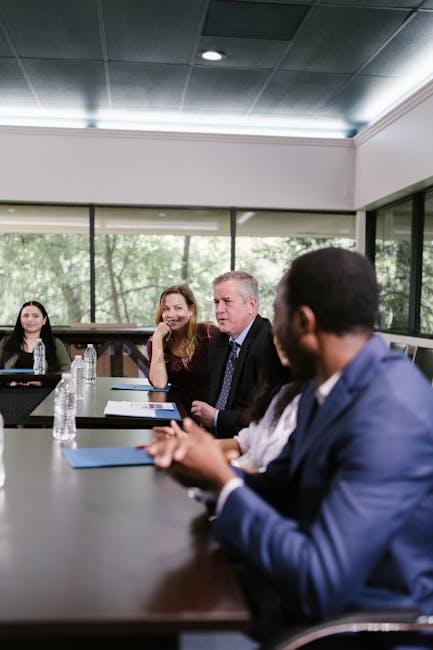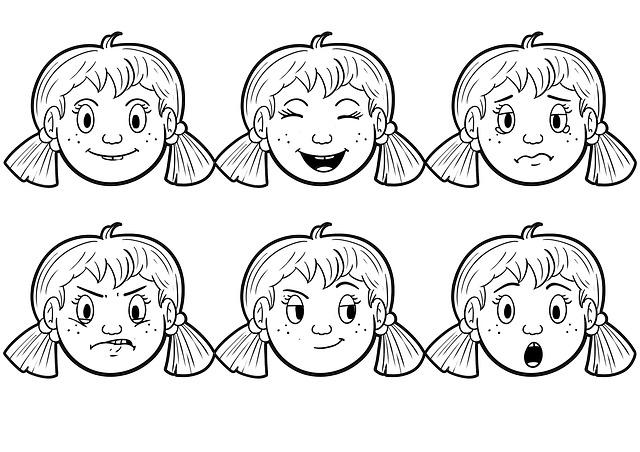Disagreements are an inevitable part of human interaction, arising in both personal and professional settings. While they can be uncomfortable, they also present invaluable opportunities for growth and understanding—if handled correctly. In this guide, we will explore effective strategies for navigating disagreements in a healthy manner. By adopting these approaches, you can transform potential conflicts into constructive dialogues, strengthen relationships, and foster a more harmonious environment. Whether you’re dealing with a minor difference of opinion or a significant clash, mastering the art of healthy disagreement will empower you to communicate with clarity, empathy, and confidence.
Understanding the Root Causes of Disagreements
To navigate disagreements effectively, it’s crucial to delve into their underlying causes. Often, disagreements arise not from the surface issue at hand, but from deeper, more personal roots. Emotional triggers such as past experiences or unmet needs can often be at the core. For instance, a discussion about a seemingly minor household chore might escalate because it taps into feelings of being undervalued or overwhelmed. Understanding these emotional underpinnings is essential for fostering empathy and moving towards resolution.
- Different Perspectives: Each person brings their own unique viewpoint shaped by their background, experiences, and values.
- Communication Styles: Misunderstandings often occur when individuals have varying ways of expressing themselves.
- Power Dynamics: Disparities in perceived or actual power can lead to conflicts, especially if one party feels marginalized.
- Resource Scarcity: Competition over limited resources, whether time, money, or attention, can create tension.
By identifying and addressing these root causes, individuals can shift from adversarial positions to collaborative problem-solving, transforming disagreements into opportunities for growth and understanding.

Effective Communication Strategies for Conflict Resolution
In navigating the often turbulent waters of disagreements, employing effective communication strategies is essential. Start by actively listening to the other party. This involves more than just hearing their words; it requires understanding their perspective and acknowledging their feelings. Active listening can be enhanced by maintaining eye contact, nodding in agreement, and providing verbal affirmations like “I understand” or “That makes sense.” Additionally, ensure that your body language is open and non-threatening, as this can help diffuse tension and create a more conducive environment for resolution.
- Stay Calm: Keeping emotions in check is crucial. Take deep breaths and pause before responding to avoid escalating the situation.
- Use ‘I’ Statements: Express your thoughts and feelings without blaming the other party. For example, say “I feel upset when…” instead of “You always make me feel…”
- Focus on the Issue, Not the Person: Address the specific problem at hand without attacking the individual’s character.
- Seek Common Ground: Identify areas of agreement and build from there, fostering a sense of collaboration rather than opposition.
- Be Open to Compromise: Recognize that resolution often involves give-and-take. Be willing to find a middle ground that satisfies both parties.
By implementing these strategies, you can transform disagreements into opportunities for growth and understanding, ultimately leading to healthier relationships and more effective conflict resolution.

Embracing Empathy and Active Listening Techniques
In the midst of a disagreement, it’s easy to get caught up in proving your point and forgetting the importance of understanding the other person’s perspective. This is where empathy and active listening become invaluable tools. By truly embracing empathy, you create a bridge of understanding and respect, allowing for a more constructive dialogue. Consider these essential techniques:
- Practice Reflective Listening: Show that you’re paying attention by paraphrasing what the other person has said. This not only confirms your understanding but also validates their feelings.
- Ask Open-Ended Questions: Encourage deeper conversation by asking questions that require more than a yes or no answer. This invites the other person to elaborate on their thoughts and feelings.
- Maintain a Non-Judgmental Stance: Avoid making assumptions or passing judgment. Keep an open mind and focus on the issue at hand rather than personal biases.
By implementing these strategies, you can turn disagreements into opportunities for growth and connection, fostering a healthier and more respectful communication environment.
Building Long-lasting Solutions Through Collaborative Problem-Solving
In the midst of tackling complex issues, disagreements are inevitable. However, they can serve as valuable opportunities for growth and innovation when approached with a mindset focused on collaboration. To handle disagreements constructively, it’s essential to foster an environment where every voice is heard and respected. Start by acknowledging the different perspectives and encourage open dialogue. Active listening plays a crucial role here, allowing each participant to feel valued and understood. This not only reduces tension but also paves the way for creative solutions.
Consider implementing these strategies to enhance collaborative problem-solving:
- Establish clear goals: Define the common objectives that the team is working towards, ensuring everyone is aligned.
- Encourage empathy: Try to see the issue from the other person’s perspective, which can help in reaching a middle ground.
- Facilitate structured discussions: Use tools like round-table discussions or brainstorming sessions to ensure a balanced contribution from all members.
- Focus on the problem, not the person: Keep discussions objective by concentrating on the issue at hand rather than personal differences.
By integrating these practices, teams can transform disagreements into productive dialogues, fostering solutions that are not only effective but also enduring.




